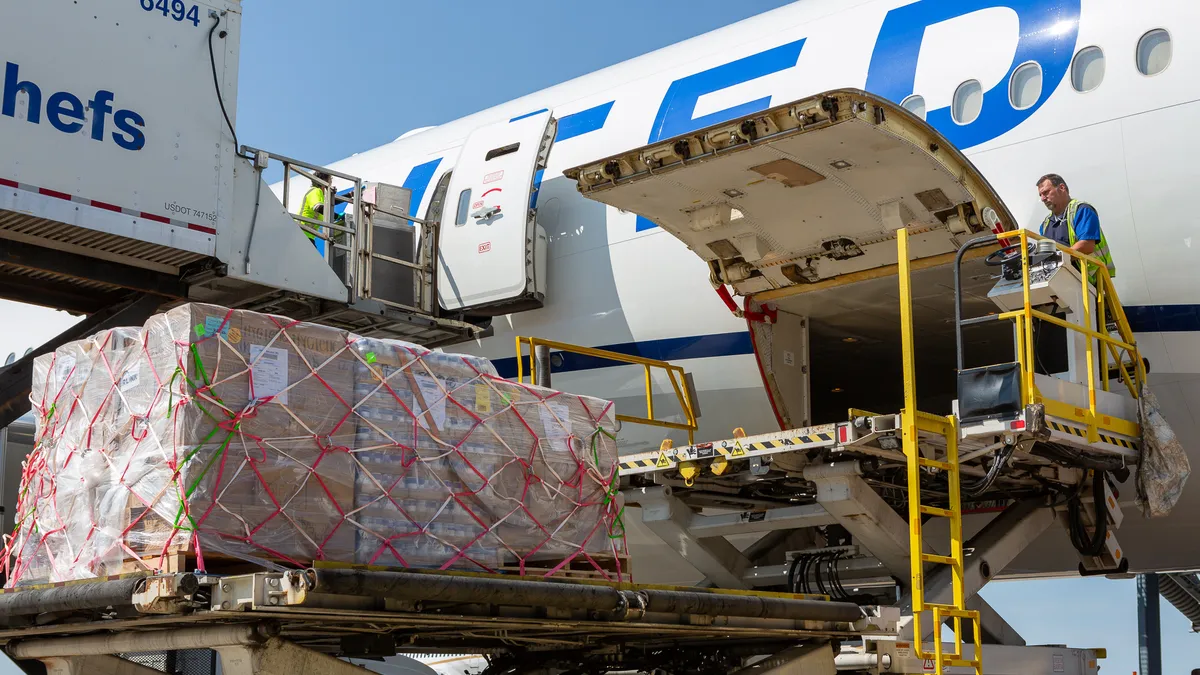Dive Brief:
- Gap will begin utilizing existing warehouses to distribute both to store and direct-to-consumer, Internet Retailer reported Monday.
- The conversion process will conclude by 2018, Gap's CEO Arthur Peck said during an earnings call. With in-store sales falling, the company is working hard to adjust its omnichannel strategy, also equipping store associates with mobile devices to check out customers and update item availability.
- The company hopes to better align with customers' shopping methods with the new technology and distribution strategies. Customers frequently begin a shopping experience online but end it in-store, or vice-versa, according to Peck.
Dive Insight:
Gap is working hard to position itself to meet consumer demands, but to sell what the consumer wants where it is most needed, the company first had to integrate its inventory management tools.
"Historically the tools that we use to merchandise, to do inventory management, to do sourcing and costing, there were 18 separate tools that we were using," Peck said during an earnings call. "Needless to say, some of them were on green screens and many of them didn't integrate." Now, the company has a single platform for all its needs, which, he added, "really helps us to get the right product in the right place at the right time."
The company shows just how long and complex a retailer's transition to omnichannel sales can be, and the pivotal role of supply chain management within it. Systems clearly matter, but so does geography and logistics networks.
With a single method to track inventory, the company can ensure a product is being delivered from the location with the greatest availability — potentially taking safety stock into account, as well. That's partly why Gap is now expanding its use of distribution centers to deliver products directly to consumers, too. However, doing so comes at the cost of additional storage space; stock for online orders must be stored separately than inventory delivered to stores, or risk mixing counts.
Fortunately, the company apparently had more space than absolutely necessary within its distribution centers, allowing for a seamless expansion of channels without investing in new facilities altogether. The CEO said it, but also proved it when the company's Fishkill, NY warehouse burst in flames last year and other warehouses were quickly employed to make up for the loss of a facility.
Any supply chain manager knows systems integration and warehouse redesigns can be a sizeable investment in both time and money, but Gap is showing how the dual investment can increase capacity while improving chain-wide efficiency.












